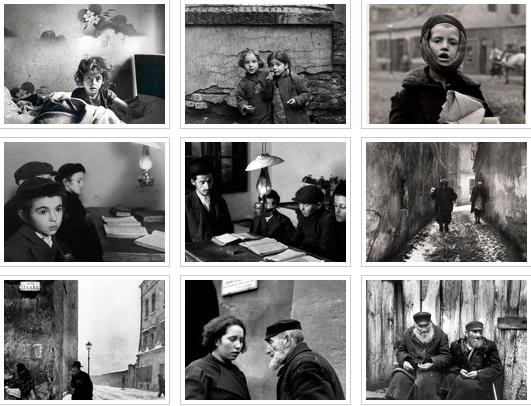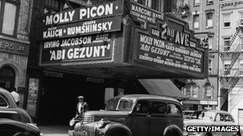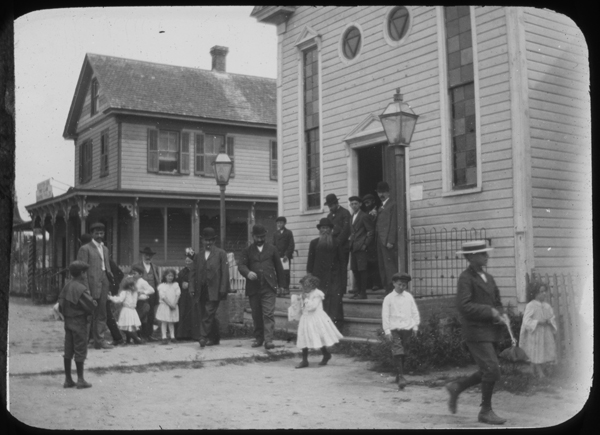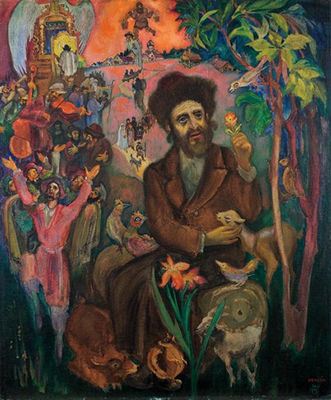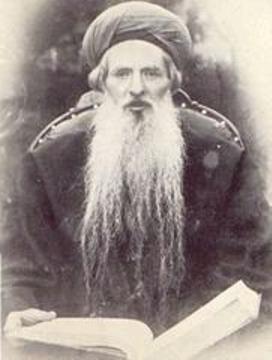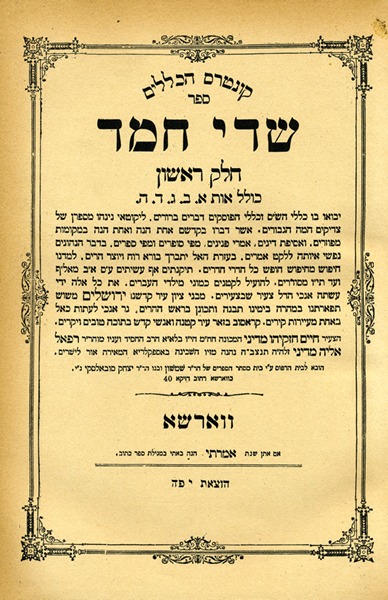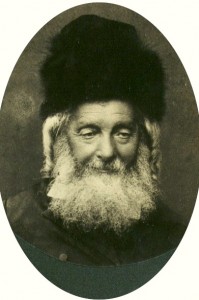
Reb Chaim Volozhiner headed the illustrious yeshiva in Volozhin until 1825. In fact, it was the prototype of all yeshivas today.
He had a son, Rabbi Yitzchak, who was called “Reb Itzele.” When Reb Chaim died, Reb Itzele became head of the yeshiva. When Reb Itzele died, around 1854-55, his son-in-law, Rabbi Eliezar Fried, became the head of the yeshiva, together with Rabbi Yoshe Ber (Yosef Dov) Soloveitchik (also known as the Beis HaLevi), a direct grandson of Reb Chaim Volozhiner.
Reb Itzele had a son-in-law, Rabbi Naftali Tzvi Yehuda Berlin, who would become famous and called by the acronym, “the Netziv” (which in Hebrew means “the Prince”). While yet a teenager in his father-in-law’s house, the Netziv wrote a commentary to the eight century classic Sheiltos d’Rabbi Chai Gaon, which was authored by Rabbi Hai Gaon, one of the greatest Jewish scholars in the post-Talmudic era, but very hard to understand, and, therefore never very popular. However, the commentary of the Netziv opened up the book, at the same time it showed the Jewish scholarly world who and how great the Netziv was.
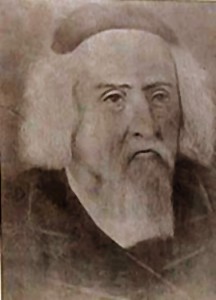
Rabbi Eliezar Fried died less than two years after his father-in-law, Rabbi Chaim Volozhiner, which left open the question of who would lead the rabbinate and become the head of the yeshiva: the Netziv or Rabbi Yoshe Ber Soloveitchik. Rabbi Yoshe Ber was not only a true, rare genius, but also had great charisma (even though he lived a tragic personal life).
They decided that they would submit the matter to a Jewish court. There was no personal animosity between them, but for the sake of the yeshiva and its direction they realized that they had to submit the decision to an objective third party.
Four of the great Lithuanian rabbis came to adjudicate. One was a young rabbi who was just then becoming very well-known and later would become the Chief Rabbi in Lithuania, the great Rabbi Yitzchak Elchonon Spektor. He was then the rabbi in Novaradok. Also on the court were Rabbi Dovid Tevele Minsker and the Vilna Maggid.
Legend has it that one of the judges opened the proceedings with the following explanation. He had no difficulty delivering a sermon for any of the early chapters in Genesis, because in each there were clear heroes and villains: For example, Cain and Abel, Noah vs. his generation, Abraham vs. his generation, Isaac vs. his generation, Jacob and Laban. In each it was clear who the hero and who was the villain. However, he continued, when one came to the story of Joseph and his brothers it was very hard to speak, because both sides were heroic; both sides were correct.
In this court case, he said, both sides are right. That was his opening remark.
The final decision defied expectations: the Netziv would be the head of the yeshiva. Rabbi Yoshe Ber Soloveitchik accepted the verdict, and soon afterward he left Volozhin to become the rabbi in Slutsk and later in Brisk.
Rav Yoshe Ber Soloveitchik had a son, Rabbi Chaim Soloveitchik¸ a child prodigy, who later became one of the great men of Israel. Rabbi Chaim Soloveitchik married the granddaughter of the Netziv. Therefore, the families became one, and Rabbi Chaim Soloveitchik became the next Rosh Yeshiva in Volozhin together with his grandfather.
It was the high point of this period, when Volozhin reached its peak in terms of quality of students, and when Rabbi Chaim Soloveitchik developed his signature analytical approach to explanations regarding the Talmud and Maimonides, often referred to today as the Brisk approach. Offshoots of Brisk yeshivas exist all over the world to this day in the United States and Israel.

